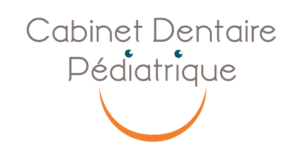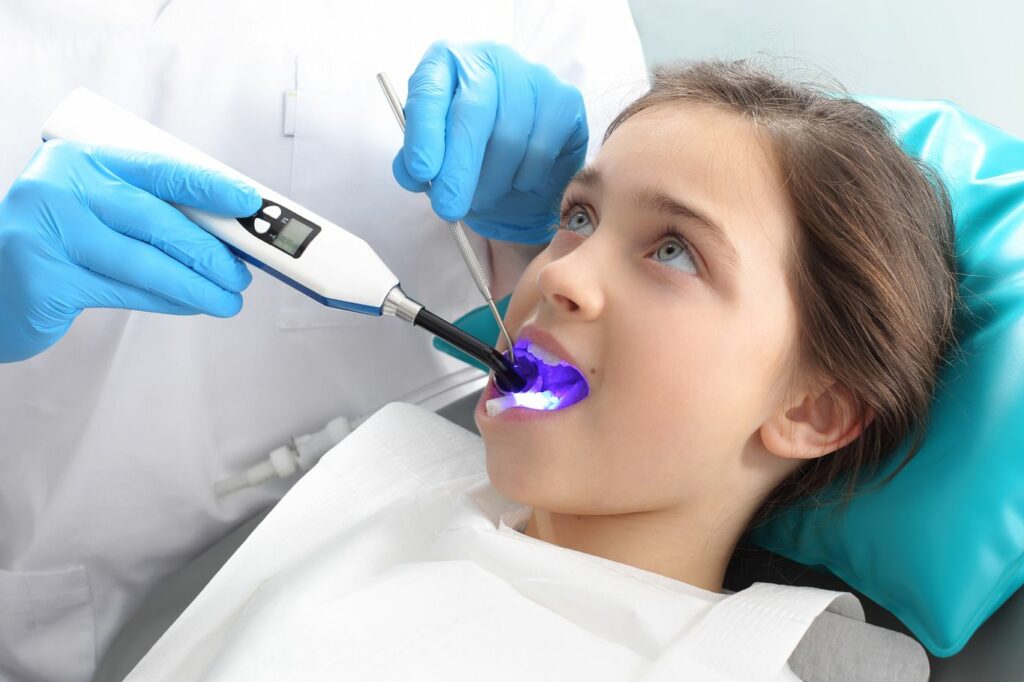Fluoride is a naturally occurring mineral found in soil, water and certain foods. Fluoride helps limit the risk of cavities by strengthening the outer enamel of baby teeth.
However, if too much fluoride is ingested, it can accumulate in the inner tooth enamel and lead to fluorosis in baby teeth.
Find out more about the recommendations for the intake of fluoride for babies.
Fluorosis of baby teeth
What are the symptoms of fluorosis in children?
Usually, baby teeth are smooth and uniformly white in color. When a child has fluorosis, white spots form on the teeth. Most of the time, these spots are harmless, but they can also be a sign of incipient decay. It is important to have a dentist look at them.
The symptoms of fluorosis are:
- White spots on the teeth,
- Black spots,
- White streaks on the teeth,
- Spotted teeth,
- Discolored teeth,
- Pitted teeth.
If fluorosis becomes too important, teeth become brittle and tend to chip more easily.
What causes fluorosis in baby teeth?
Fluorosis on baby teeth is due to an excessive consumption of fluoride. Indeed, fluoride helps to protect the outer enamel of the teeth and thus to protect them against cavities.
However, if too much of it is consumed, whether through water, toothpaste or dietary supplements, it can get inside the tooth. It then strengthens the inner enamel of baby teeth and creates white spots on the surface of the teeth.
What are the treatments for fluorosis?
If your child's fluorosis is mild to moderate, no treatment is necessary. Fluorosis will disappear as the baby teeth are lost. If your child has severe fluorosis, there are a number of treatments that can help improve the appearance of the teeth:
- The placement of crowns or veneers,
- Bleaching, which is a technique forremove fluoride stains from teeth,
- The addition of a layer of resin on the tooth.
How to prevent fluorosis in baby teeth?
To prevent fluorosis in baby teeth, make sure your child's fluoride intake does not exceed the recommended daily dose. Consider looking at the level of fluoride in your drinking water. It is considered that about 0.7 ppm of fluoride in water is enough to prevent cavities without risk of fluorosis.
From the age of 3, you can brush your child's teeth with age-appropriate fluoride toothpaste. Apply a pea-sized amount of toothpaste to his toothbrush.
Why protect baby teeth?
Milk teeth are the first teeth of babies. They are temporary teeth that will be replaced by permanent teeth from the age of 6. These milk teeth play different very important roles in the development of children. Indeed, it is useful at the functional level since it is used for chewing and learning language.
Baby teeth also serve as a guide for the growth of future permanent teeth. If a temporary tooth becomes infected, it can cause significant damage to the permanent teeth.
It is therefore essential to take good care of your children's milk teeth and to consult a pedodontist regularly.


